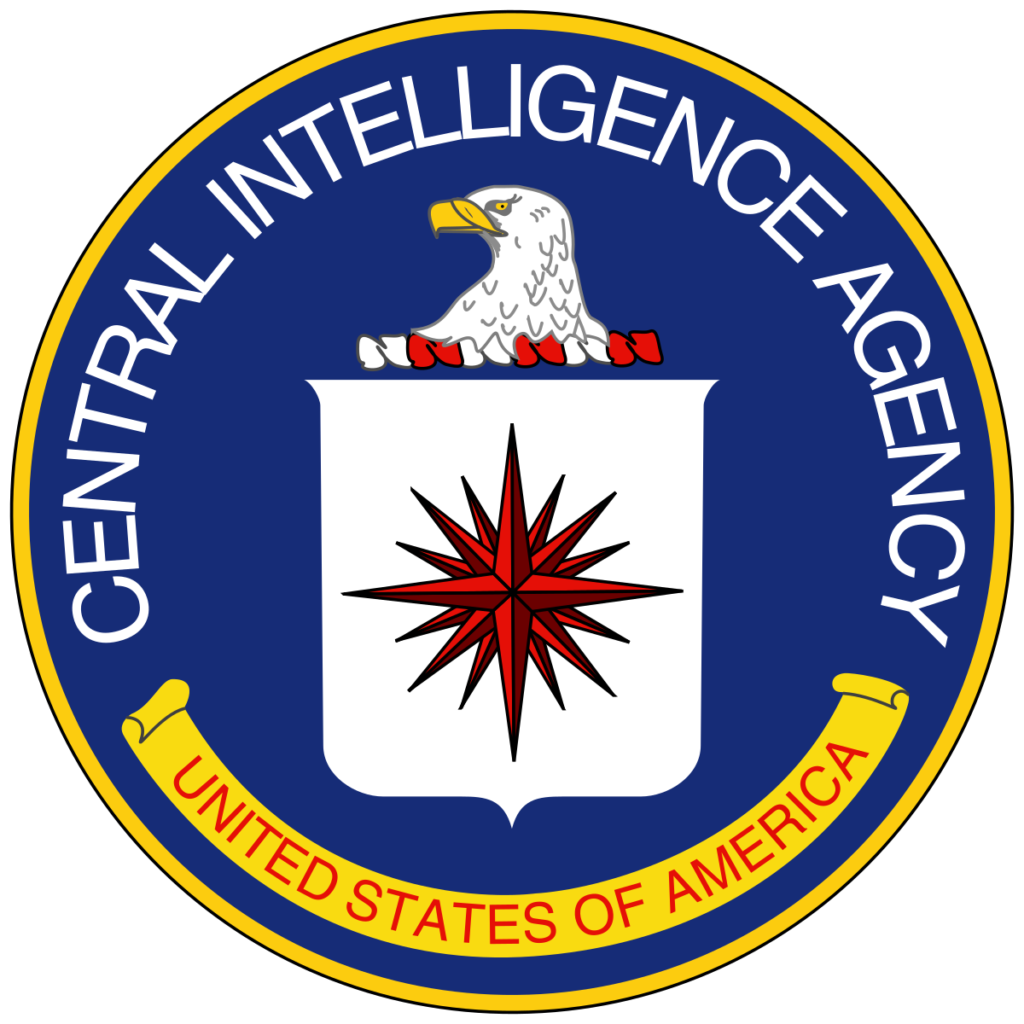
STRATEGIC ASSESSMENT-Langley. USA. CIA Director William Burns told a Financial Times conference on Saturday that the US’ intelligence agencies haven’t seen any “practical evidence” that Russian President Vladimir Putin will use tactical nuclear weapons in Ukraine. Ukrainian President Volodymyr Zelensky has previously claimed that Putin could use such weapons.
“We don’t see, as an intelligence community, practical evidence at this point of Russian planning for the deployment or even potential use of tactical nuclear weapons,” Burns said at the conference in Washington DC, repeating a similar assessment he made at the beginning of April.
However, Burns added that in his opinion, Putin “doesn’t believe he can afford to lose,” and the US should therefore “stay very sharply focused” on the potential nuclear threat regardless.
The Kremlin has insisted that Russia will not deploy nuclear weapons against its neighbor, with Foreign Ministry spokesman Alexei Zaitsev stating on Friday that “Russia firmly abides by the principle that there can be no victors in a nuclear war, and it must not be unleashed.”
Nevertheless, Zelensky said last month that he was “convinced” Russia could use chemical or nuclear weapons to win victory in Ukraine, calling for the world to “be ready” for the possibility. Western media outlets have also speculated about the possibility of such a nuclear strike, citing Russia’s placing of its nuclear deterrence forces on high alert at the outset of the Ukraine conflict, and Putin’s warning that outside powers interfering with Russia’s war aims would face consequences “never seen in [their] entire history.”
Speaking to Newsweek on Thursday, Russia’s ambassador in Washington, Anatoly Antonov, said that it was Moscow “that in recent years has persistently proposed to American colleagues to affirm that there can be no winners in a nuclear war, thus it should never happen.”
Unlike the kind of warheads mounted on Intercontinental Ballistic Missiles, tactical nuclear weapons are smaller, low-yield devices that can be dropped from planes, fitted to short-range missiles or fired from artillery pieces. Although no internationally-recognized definition exists, their yield typically varies from less than one kiloton to 100 kilotons. For reference, the atomic bomb dropped on Hiroshima during the Second World War had a yield of 15 kilotons.
Russia, which possesses around 700 more nuclear warheads than the US, asserts that it could use nuclear weapons in the event of a first nuclear strike on its territory or infrastructure, or if the existence of the Russian state is threatened by either nuclear or conventional weapons. The United States, according to the Pentagon’s most recent Nuclear Posture Review, says that its nukes are intended to serve as a deterrent to nuclear attack on the US and its allies, but their use may also be considered in “extreme circumstances to defend the vital interests of the United States or its allies and partners.”







